Flange Gasket For Reactor | JCT Machinery
 Oct 06,2024
Oct 06,2024

 JCT
JCT
Basic Structure of Flange Gasket
Flange gaskets of reactors are usually composed of sealing elements and inner and outer reinforcement rings. The sealing element is the key part to prevent leakage; the outer reinforcement ring helps to center during installation, prevent excessive compression and gasket blowout; the inner reinforcement ring contacts the fluid to prevent the fluid from impacting the gasket.
Types of Flange Gasket
-
Non-metallic Flat Gasket
1. PTFE Coated Gasket: Suitable for all-plane and raised-face steel pipe flange connections, with working temperatures of 0 to 150℃ and nominal pressures of 0.6 to 5.0MPa for corrosive media or media with high cleanliness requirements.
2. Rubber Asbestos Gasket: Suitable for a variety of media such as steam, gas, air, salt water, acid and alkali, with temperatures up to 200℃ and pressures not exceeding 2.5MPa.
3. Rubber Gasket: Good corrosion resistance, suitable for temperatures below 60℃, pressures not exceeding 1.0MPa, and conveying low-pressure water, acid and alkali and other media.
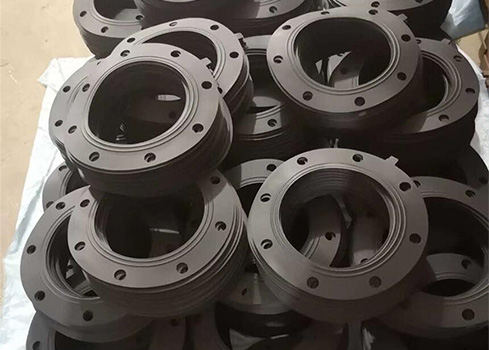
-
Semi-metallic Gasket
1. Metal Wound Gasket: Made of spirally wound metal and non-metallic belts, suitable for complex working conditions such as high temperature, low pressure, high vacuum, impact vibration, etc., with pressures up to 4.0MPa.
2. Metal Coated Gasket: Composed of non-metallic core materials wrapped with metal sheets, suitable for plane and raised-face flanges.
3. Metal Punching Tooth Plate Flexible Graphite Composite Gasket: Suitable for high pressure conditions, temperature up to 650℃, pressure up to 26MPa.
-
Metal Gasket
1. Toothed Gasket: Uses concentric toothed dense grooves to contact the flange sealing surface to form a multi-pass seal, suitable for the connection of concave and convex sealing surface flanges, and the temperature can reach 530℃.
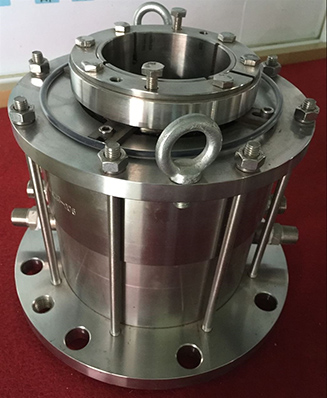
Considerations for Flange Gasket Selection
1. Operating Temperature and Pressure
Select flange gasket materials that can withstand actual operating conditions.
2. Chemical Compatibility
Ensure that the selected material will not chemically react or degrade with the reactants.
3. Thickness and Size
Flat gasket is suitable for full-face and raised-face flanges, metal spiral wound gasket is suitable for flat and raised-face flanges, and metal punching plate flexible graphite composite gasket is suitable for raised-face, concave-convex and tongue-and-groove flanges. Choose the appropriate thickness and idameter according to the flange specifications to ensure a good sealing effect.
4. Installation Method
Consider the type of flange and the installation method of the gasket to ensure easy installation.


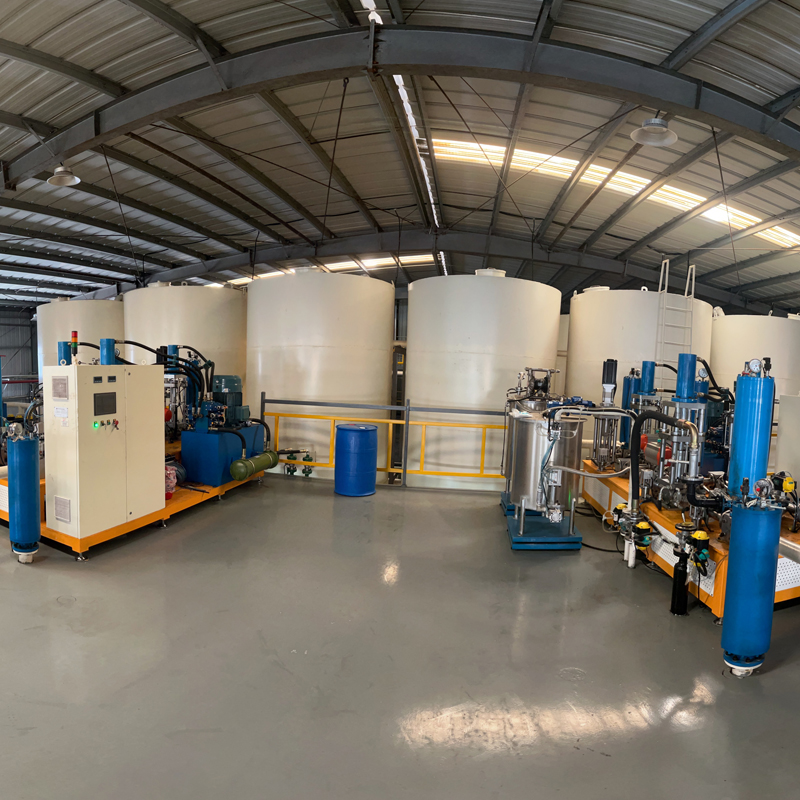
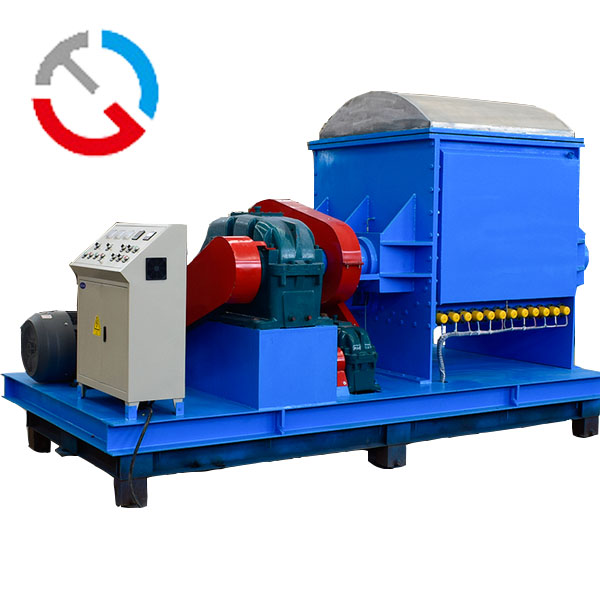
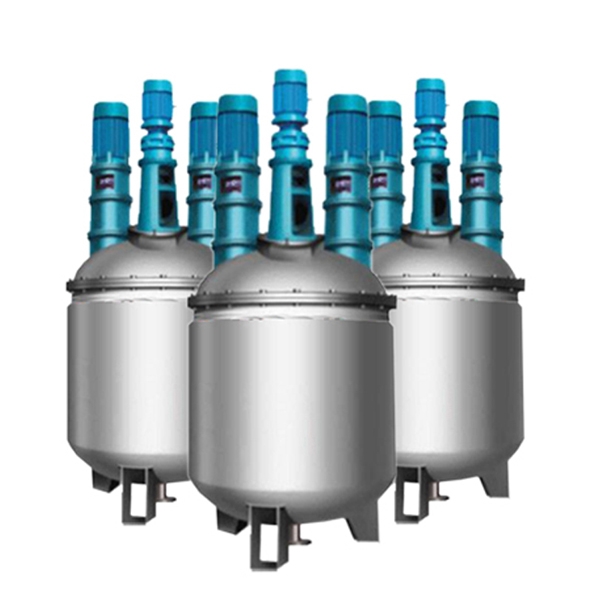
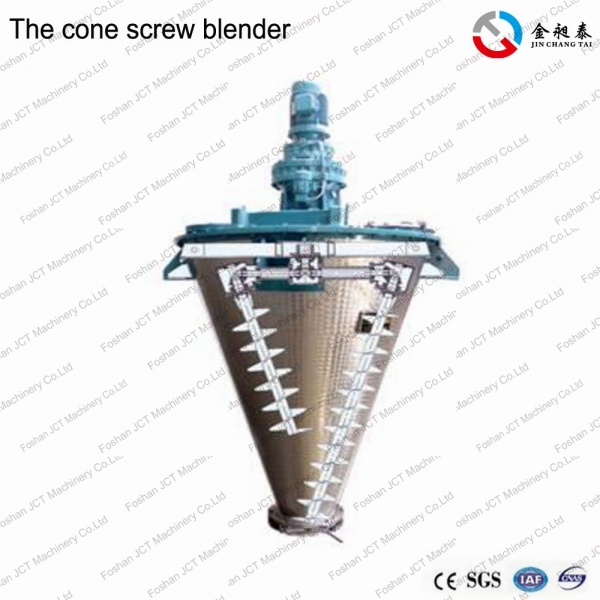


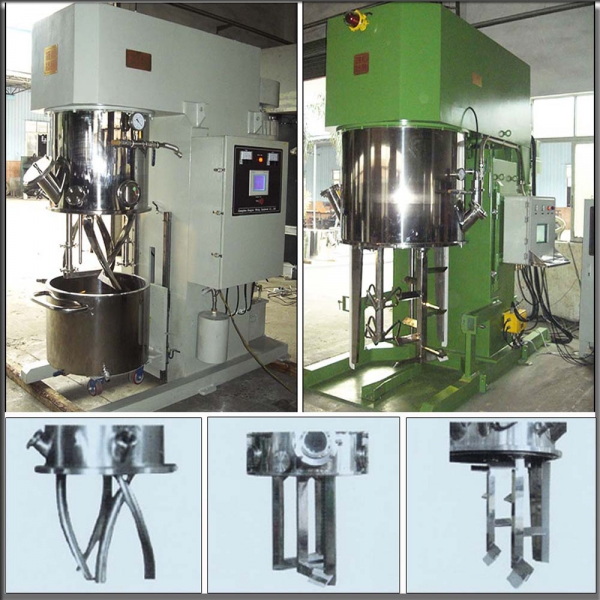





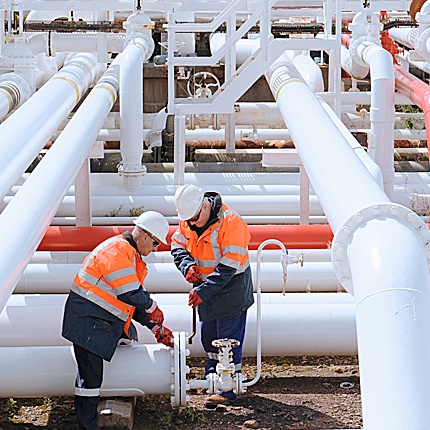

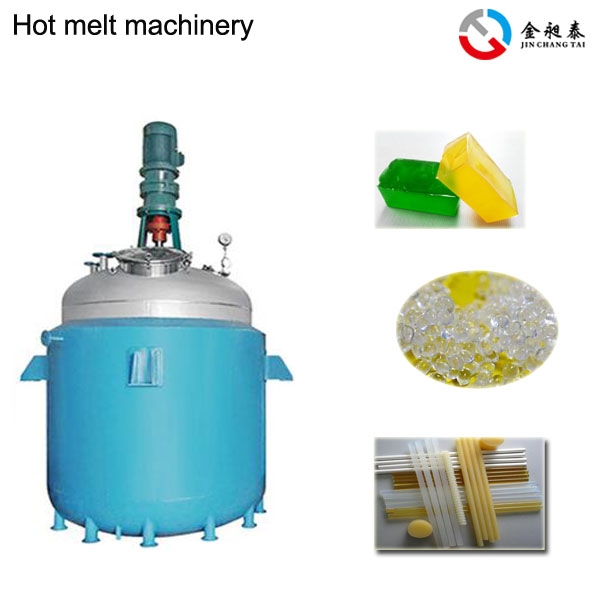
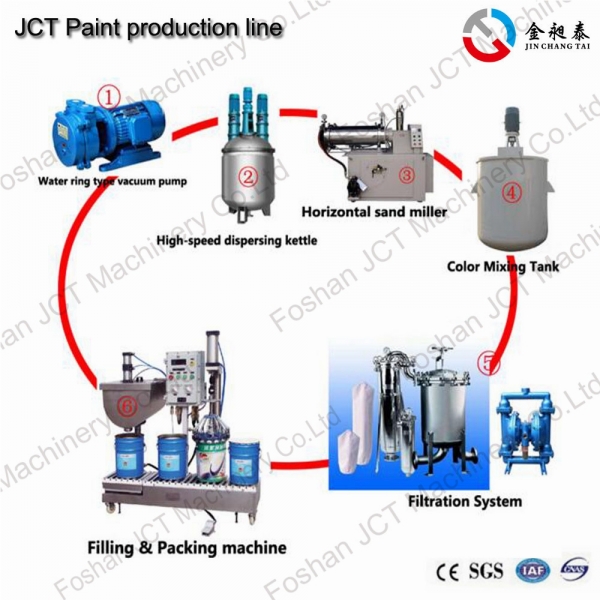
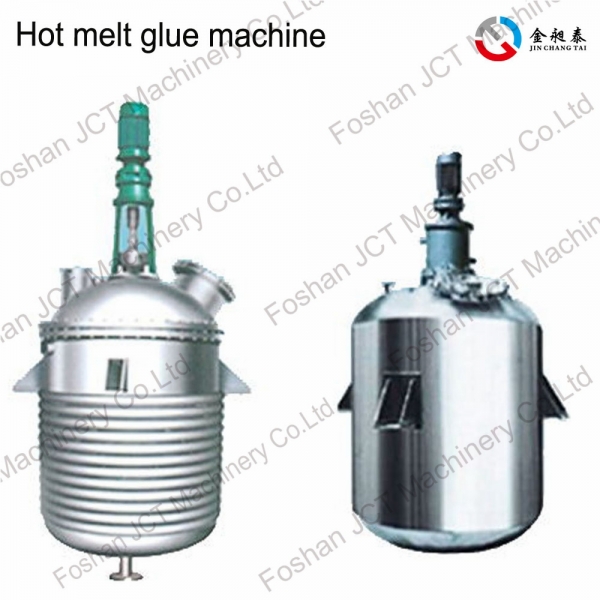
 CN
CN
 HOME
HOME Structure, Advantages And Characteristics Of Stainless Steel Reactor | JCT Machinery
Structure, Advantages And Characteristics Of Stainless Steel Reactor | JCT Machinery  You May Also Like
You May Also Like
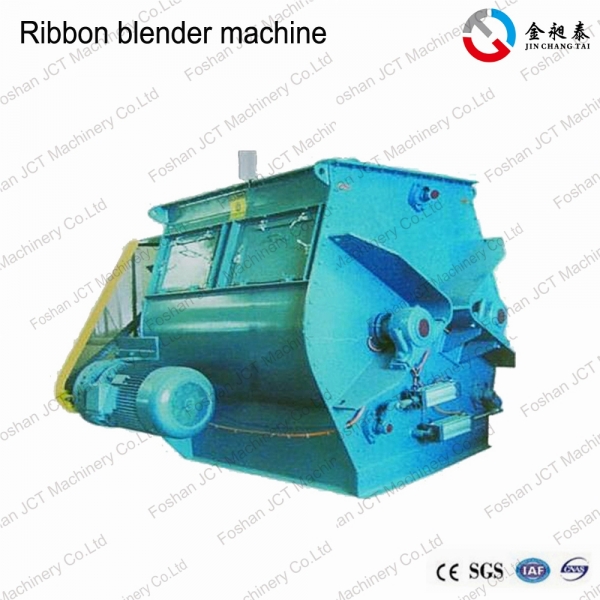

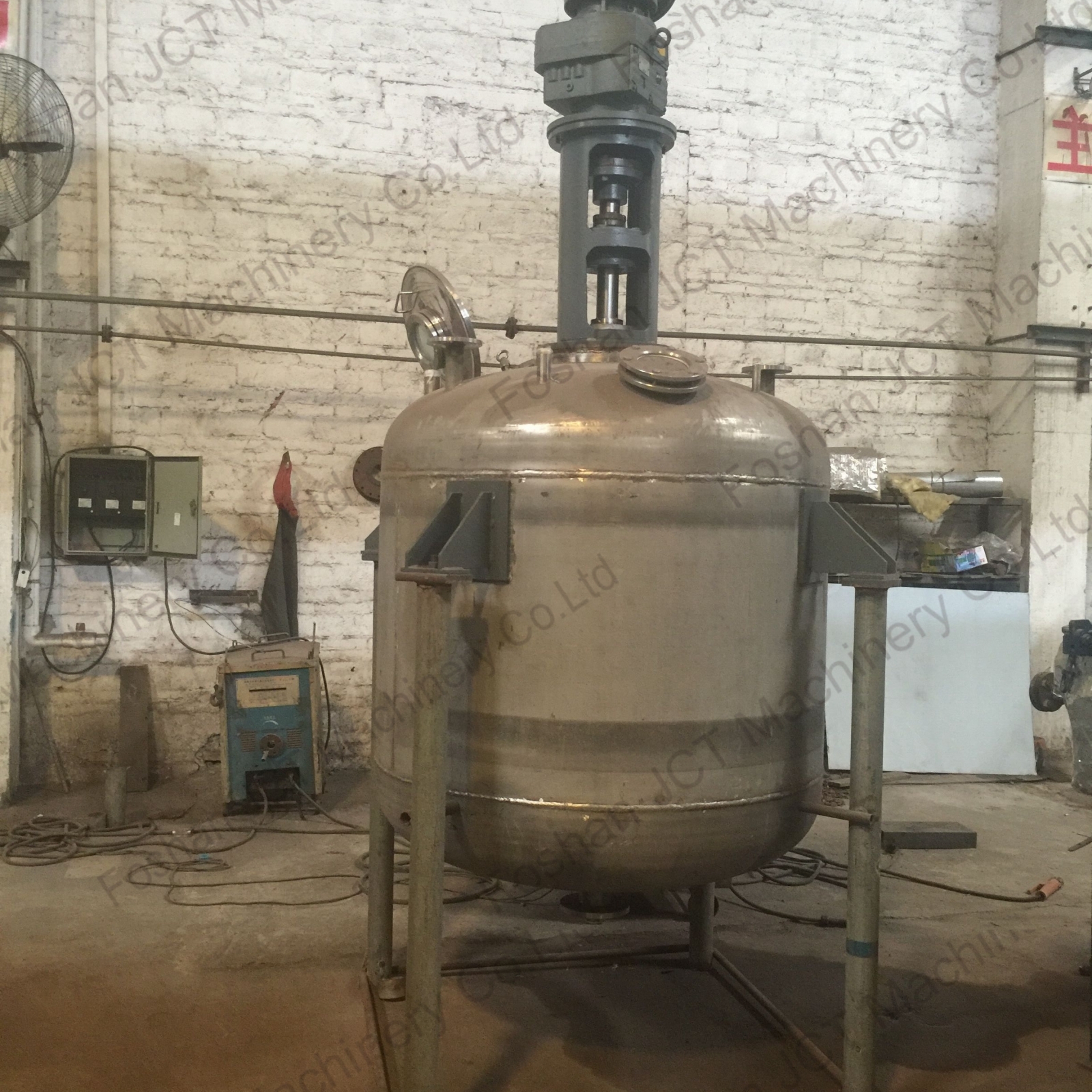
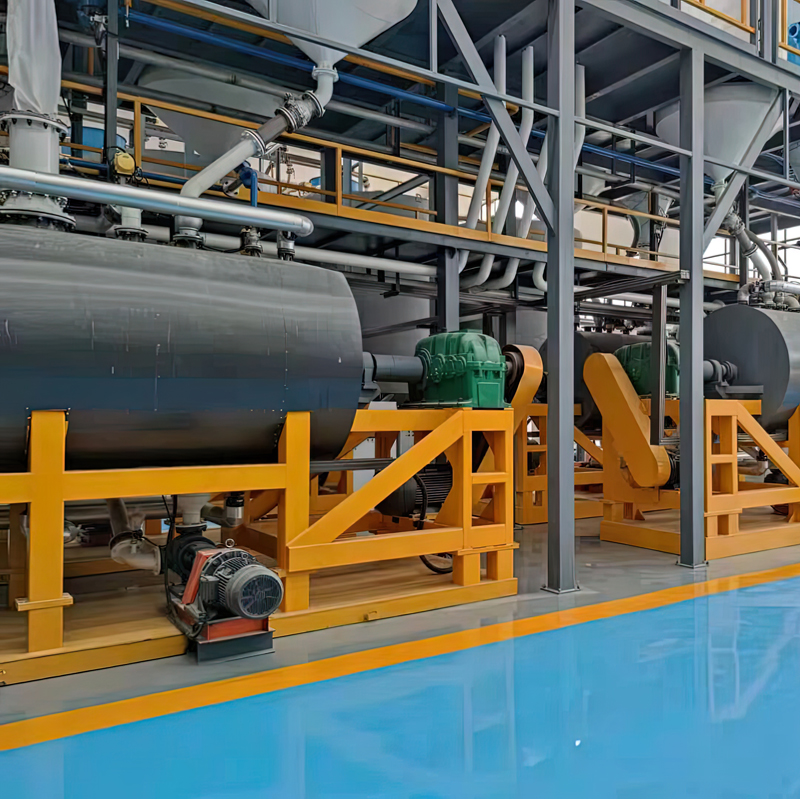
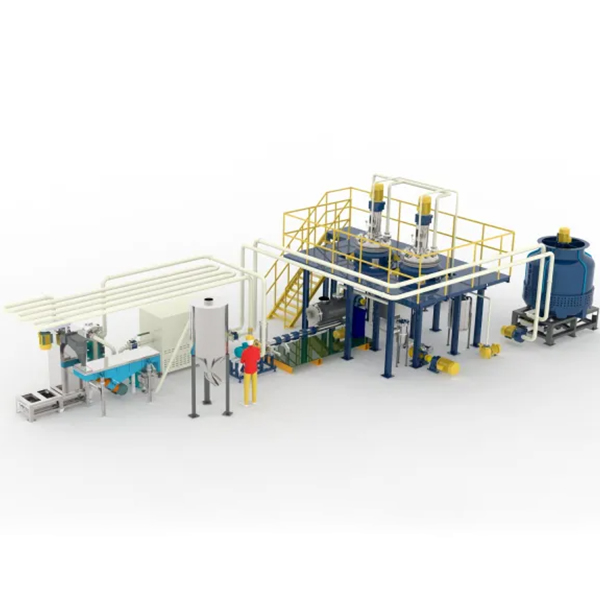

 Tel
Tel
 Email
Email
 Address
Address










